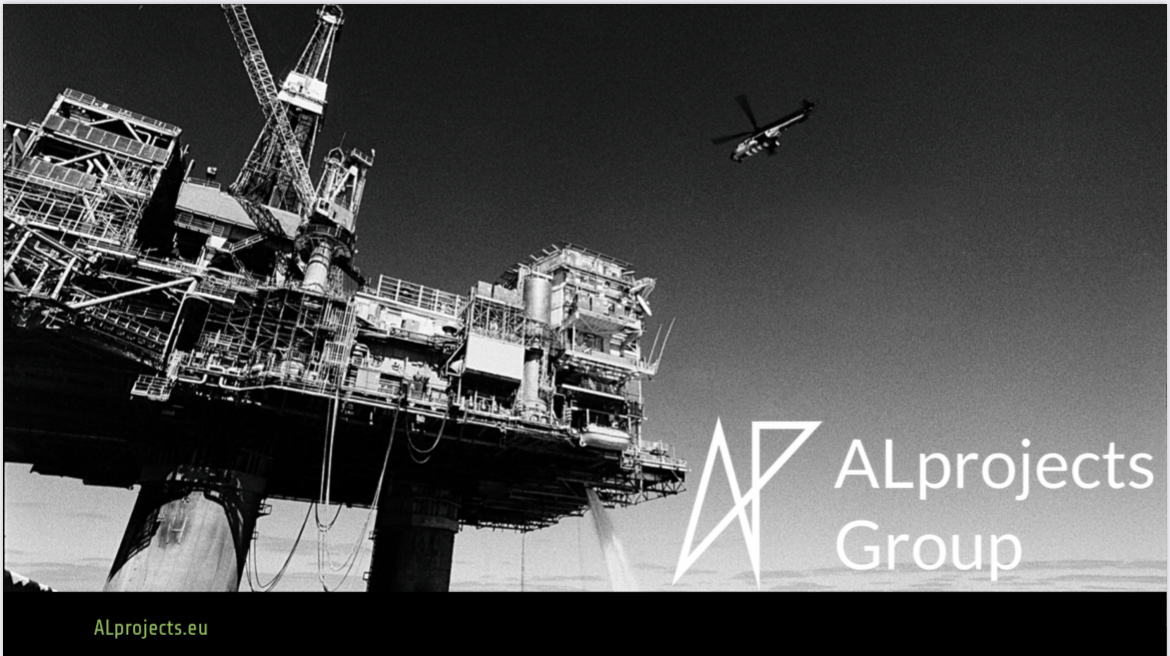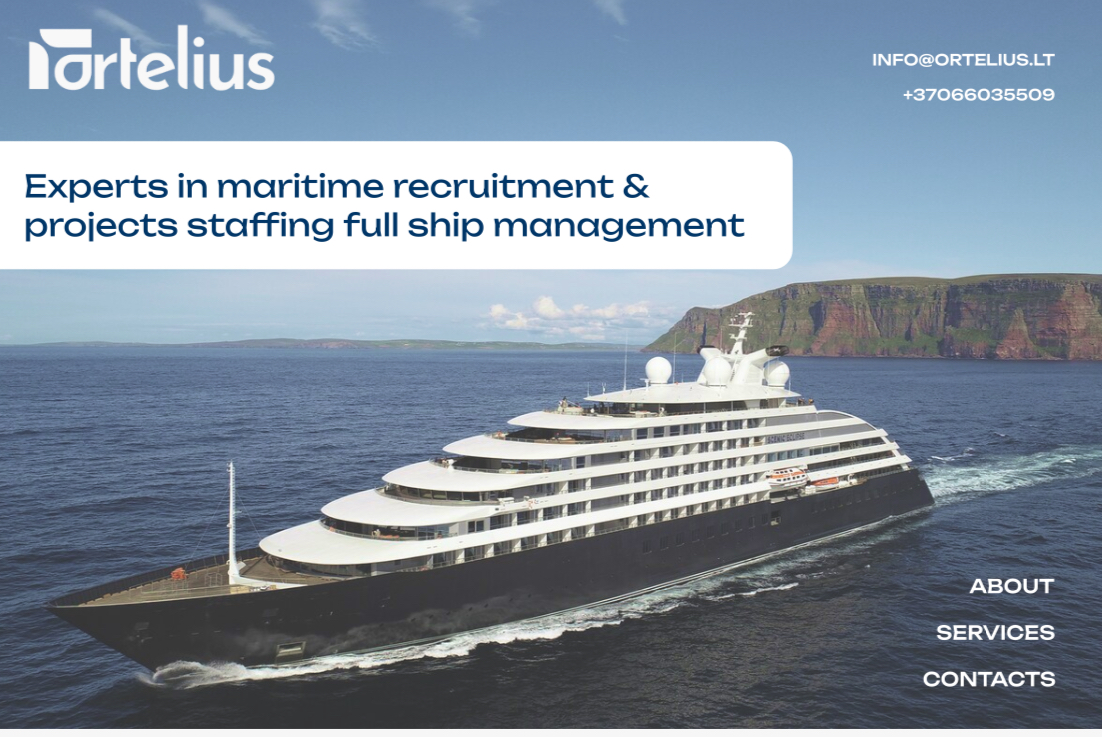The largest rides on the road pose a greater risk of causing fatalities when colliding with smaller … [+] and lighter vehicles.
One of the elemental mantras regarding auto safety is based on the laws of physics, which dictate that a larger and heavier vehicle will afford a considerably greater degree of occupant protection in a crash than will a smaller and lighter one.
Until it doesn’t, especially with regard to how those in the other vehicle fare, according to a just-released report from the industry-supported Insurance Institute for Highway Safety.
Though the addition of seatbelts, airbags, collision-absorbing designs and especially the more-recent wave of accident-avoiding driver-assist systems have already made today’s vehicles safer than ever, the notion that size matters when it comes to auto safety continues to be a selling point among what have become gargantuan full-size pickup trucks and SUVs.
Unfortunately, as the IIHS’ study shows, the laws of physics with regard to larger vehicles is being tempered by another time-honored principle – the law of diminishing returns.
Over the years the IIHS’ tests have shown that for vehicles weighing less than the fleet average of 4,000 pounds, boosting its bulk by 500 pounds will substantially decrease the risk its occupants will be killed in a serious wreck by 17 deaths per million registered vehicle years (a measure based on one vehicle registered for one year). At the same time the weight increase would pose only a slightly greater danger to those riding in a smaller vehicle being struck.
But at the same time, the IIHS found that increasing the weight of a vehicle that’s already heavier than the norm will amplify the risk of serious or fatal injuries to riders in other vehicles involved in crashes considerably. This is especially significant with regard to pickup trucks, which accounted for 97% among those sold in the 2017-2022 model years.
“Vehicles that are heavier than average are more likely to crash into vehicles lighter than themselves, while the reverse is true for vehicles that are lighter than average.” Says Sam Monfort, a senior statistician at IIHS and lead author of the study. “What this analysis shows is that choosing an extra-heavy vehicle doesn’t make you any safer, but it makes you a bigger danger to other people.”
On the plus side, large trucks and SUVs started to become less of a threat to those riding in smaller vehicles beginning in 2009 when automakers began redesigning their largest models’ front-end designs to make them “more compatible” in aligning with smaller cars so as not to override (literally) their crash-energy-absorbing underpinnings. At the same time, passenger cars became more structurally resilient in frontal collisions, with more adding front-side and side-curtain airbags to better safeguard occupants in T-bone-type wrecks.
As a result, data shows that the largest SUVs on the road went from being 90% likely to result in deaths to those riding in passenger cars with which they collided to just 20% between 2017 and 2022. Peril to those seated in autos colliding with pickup trucks likewise tempered during the same period though by a much smaller margin.
In addition to passenger cars offering added occupant protection in recent years, their average weight by class has increased closer to the 4,000-pound average, which is likely due in part to the smallest autos being phased out of automakers’ lines. The IIHS says that’s narrowed the safety advantage traditionally credited to big trucks and SUVs, though the latter are still statistically responsible for more fatalities to riders of other vehicles in crashes.
While those with extra-large families and/or who frequently tow a large boat or camper will still need a big and burly vehicle to handle the load, the IIHS’ study shows that one doesn’t necessarily have to choose an ungainly full-size SUV or pickup truck over a smaller model solely to remain safe and sound.











